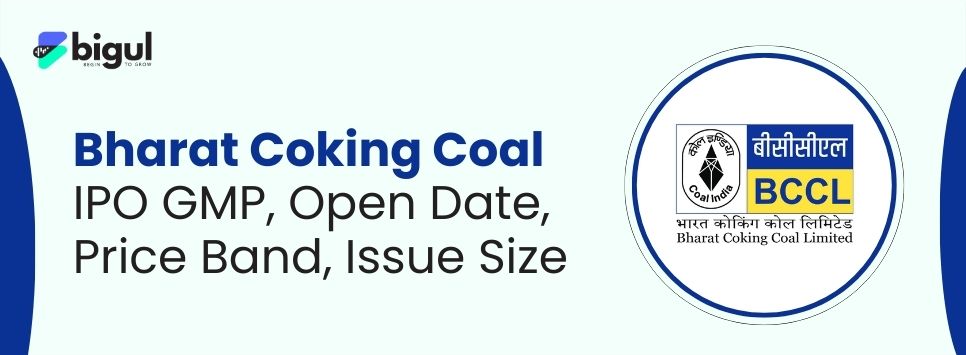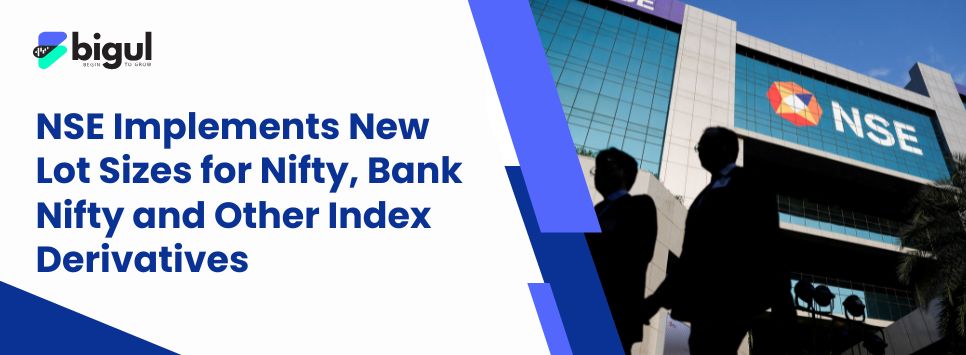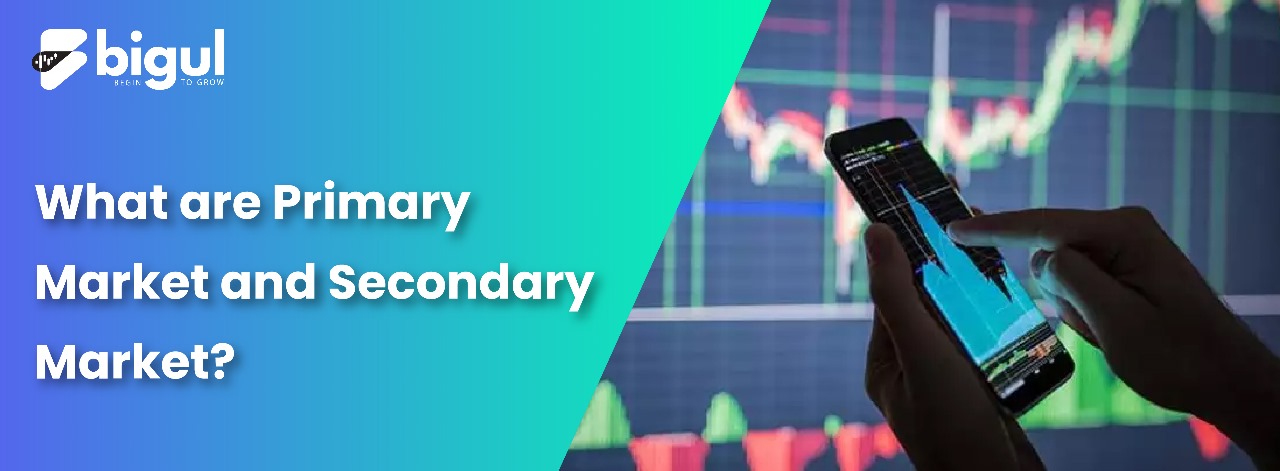The capital market is crucial to finance. It provides medium- and long-term funding. Its institutions, organisations, and financial products include debentures, shares, bonds, public deposits, and mutual funds. Notably, the capital market excludes those entities dealing in short-term financing, typically spanning up to one year.
Within the capital market, two distinct segments play vital roles: the Primary Market and the Secondary Market. The following article will discuss the roles of these two capital market components.
What is the Primary Market?
The primary market serves as the financial arena where fresh securities make their debut, representing a crucial stage for companies, governments, or other entities looking to secure capital. Here, they issue brand-new stocks, bonds, or other securities, providing a direct avenue for fundraising by offering these securities to either the general public or specific investor groups.
Within the primary market, the issuer wields the power to set the securities’ price, a decision influenced by prevailing market conditions and demand. This issuance process assumes various forms, such as Initial Public Offerings (IPOs) for stocks or bond offerings for bonds.
IPOs involve the issuer establishing the new stock’s price, with investors having the option to purchase shares either directly from the issuer or through underwriters who facilitate the sale. The primary market fulfils a crucial role in the broader economy. This enables companies, governments, and entities to gather the essential funds for their diverse projects, investments, and endeavours. Through issuing securities here, these entities can tap into a vast pool of investors, amassing the capital needed to fuel their growth and expansion aspirations.
Features of the Primary Market
The primary market is a crucial component of the financial system. It facilitates the issuance of new securities to raise capital for companies and the government. Key characteristics of the primary market are:
- Capital Raising: The primary market in India serves as a platform for companies to raise funds by issuing new securities, such as stocks and bonds. This allows them to meet financial needs like expansion, debt reduction, and business development.
- Regulation: The primary market is heavily regulated by the SEBI to protect the interests of investors. SEBI ensures that companies comply with disclosure norms and other regulations before making an initial public offering.
- Initial Public Offerings (IPOs):Companies looking to issue shares to the public through IPOs. These IPOs are the first opportunity for the general public to invest in the company’s equity.
- Pricing: The pricing of shares in an IPO is typically determined through methods like book building or fixed price offerings. Investors bid for shares at various prices within a specified price range during the book-building process.
- Subscription: Investors interested in an IPO submit their applications, and the subscription period typically lasts for a few days. The oversubscription (demand exceeding the supply of shares) is a common occurrence in popular IPOs.
What is the Secondary Market?
The secondary market is where previously issued securities, like stocks and bonds, change hands among investors. It offers a platform for trading securities that have already been issued by companies, governments, or other entities in the primary market. Here, supply and demand dictate security prices, providing investors with liquidity to convert investments into cash or explore better opportunities.
The secondary market is essential to the financial system, allowing investors to efficiently transfer securities, improving market liquidity and allowing them to manage risk and optimize portfolios.
Features of the Secondary Market
The Indian secondary market is very important to the financial system. Investors can buy and sell stocks, bonds, and mutual fund units on it. The secondary market has certain characteristics:
- Price Determination:Secondary market securities prices depend on supply and demand. Market participants set the price by buying and selling, which can change depending on economic conditions, corporate performance, and investor opinion.
- Accessibility:The secondary market is accessible to a wide range of investors. This includes individual retail investors, institutional investors, and traders. It provides a platform for diverse participants to engage in buying and selling activities.
- Regulation:Secondary markets are heavily regulated by government agencies and financial authorities to ensure fairness, transparency, and investor protection. Regulatory bodies establish rules and regulations that govern trading activities, disclosure requirements, and market surveillance.
- Electronic Trading: Most secondary market transactions today occur electronically through computer-based trading platforms. This allows for efficient and rapid order execution, reducing trading costs and enhancing accessibility.
- Market Makers: In many secondary markets, market makers play a crucial role. These are financial institutions or individuals that facilitate trading by providing continuous buy and sell quotes for specific securities. They help maintain liquidity and narrow bid-ask spreads.
- Information Flow: The secondary market relies heavily on the timely dissemination of information. Investors can use financial news, corporate reports, and real-time stock quotes to make judgments.
- Variety of Securities:The secondary market handles equities, bonds, mutual funds, ETFs, and derivatives. This diversity lets investors diversify holdings.
Differences between Primary Market and Secondary Market
| Aspect | Primary Market | Secondary Market |
| Primary Participants | Issuing companies, investment banks, and underwriters. | Investors, traders, stockbrokers, and stock exchanges. |
| Securities Traded | New stocks, bonds, or other financial instruments. | Existing stocks, bonds, and other securities. |
| Purpose | Raise capital for the issuing company. | Provide liquidity for investors and facilitate price discovery. |
| Timing of Transactions | Occurs during an Initial Public Offering (IPO). | Ongoing trading occurs after the securities are initially issued. |
| Company Involvement | Direct involvement of the issuing company in the sale of securities. | Indirect involvement, as companies are not directly engaged in trades. |
| Price Determination | Usually set by the issuing company based on various factors. | Determined by supply and demand in the open market. |
| Impact on Companies | Raises capital for growth, expansion, and other corporate activities. | Affects stock prices, but does not directly impact the issuing company. |
| Risk and Volatility | Generally, less volatile as the v | Often more volatile due to market speculation and trading activity. |
This table provides a clear overview of the primary distinctions between the Primary Market and Secondary Market in terms of participants, securities traded, purpose, timing of transactions, company involvement, price determination, impact on companies, and risk and volatility.
Conclusion
The primary market is where new stocks are born, and companies raise money for growth, while the secondary market is where these stocks are traded between investors.
Remember, primary is like “new birth,” and secondary is like “buying and selling” in the stock world. Both markets are important for companies and investors. Understanding the differences between them can help you make smarter investment decisions and be a more informed player in the exciting world of stocks.





.jpg)





.jpg)
